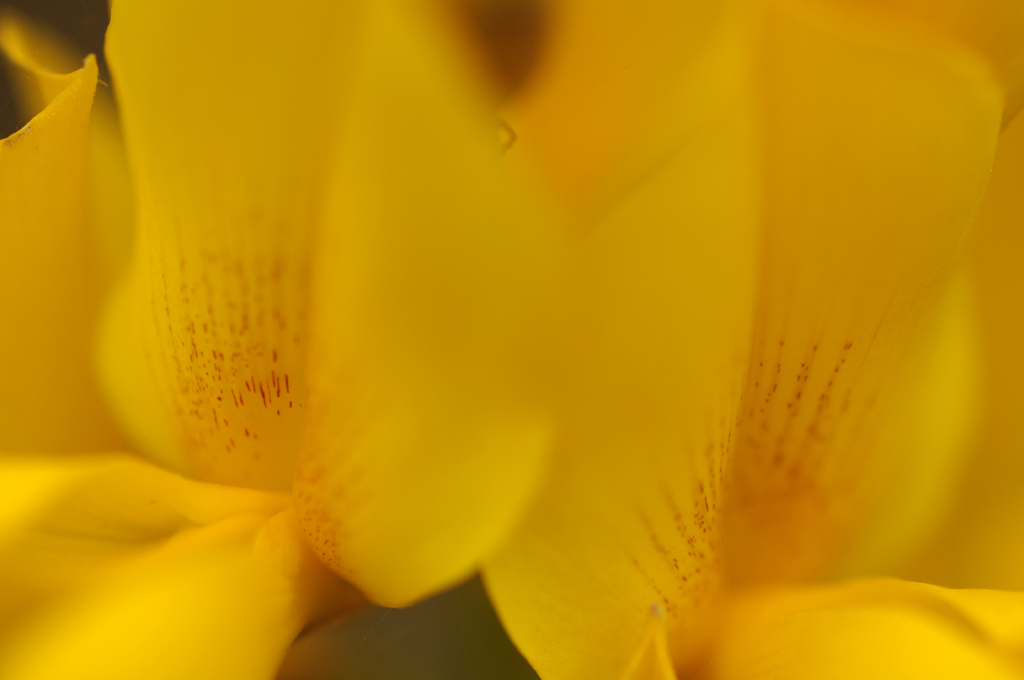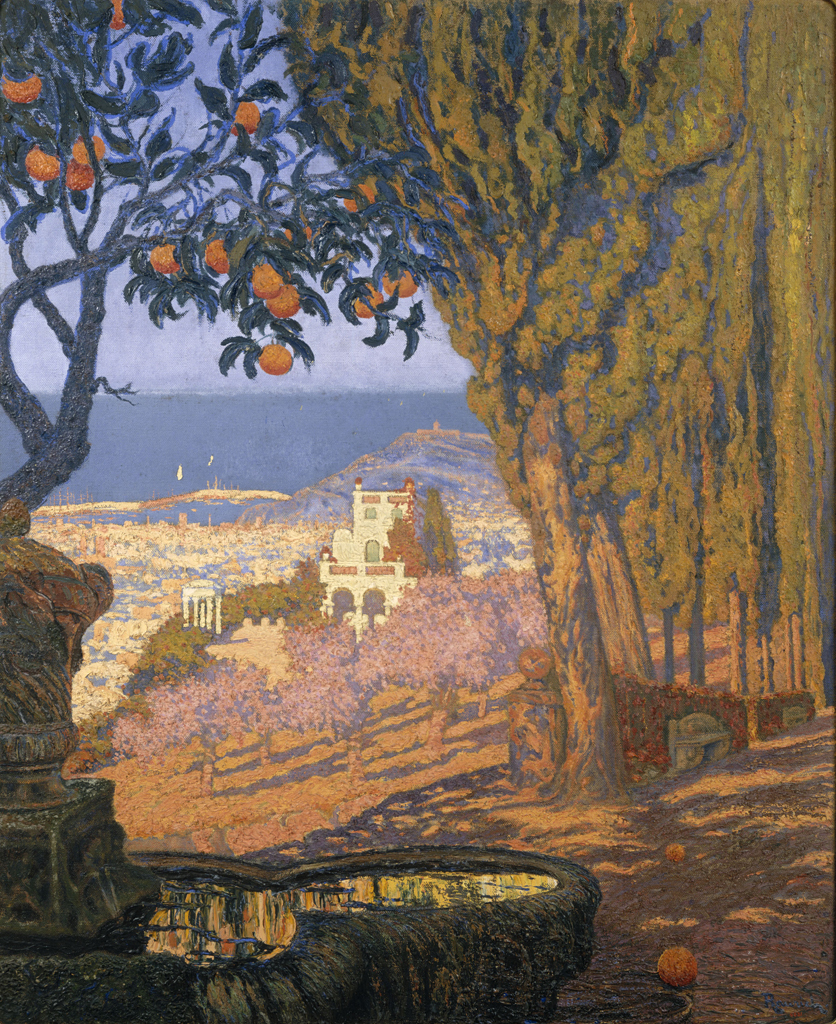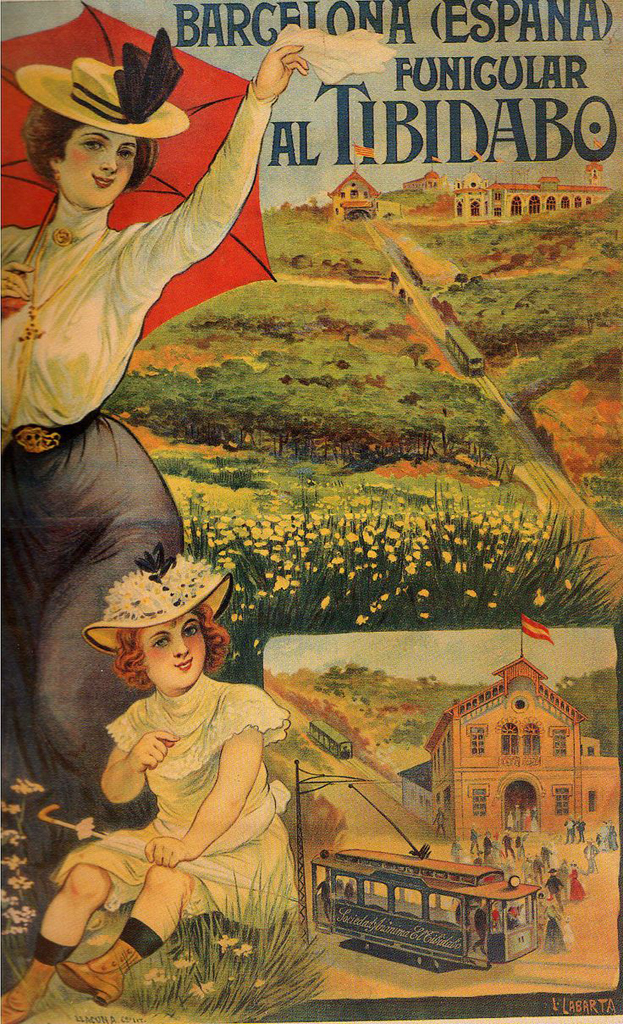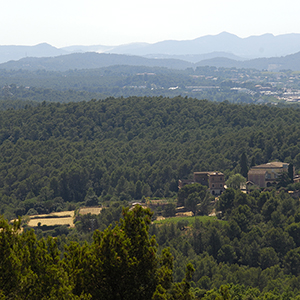Collserola is a source of inspiration and a stimulus for creativity. Over the years, many artists have revealed the mountains to us using various languages and supports: poster art and painting in the 19th century, photography, the words of writers, and the most avant-garde artistic expressions. We present a small selection below.
One of the most notable paintings is of Barcelona as seen from Vallvidrera. It is the work of the painter Darío de Regoyos (1857-1913) from Asturias, a friend of Ramon Casas and Santiago Rusiñol. Regoyos was one of the forerunners of the Catalan post-Modernista generation and specialised in spontaneous landscape art with a tendency towards the naïf style. This painting is held in the MNAC (National Museum of Art of Catalonia).
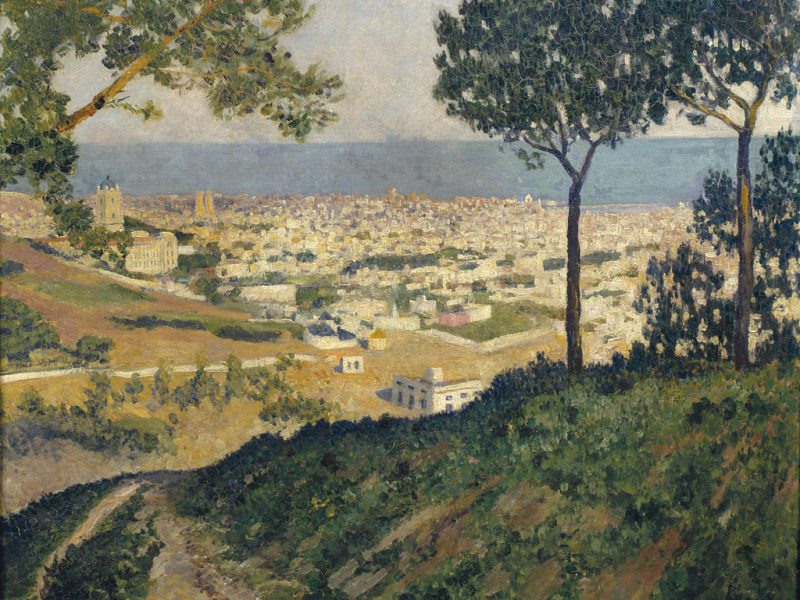
The Catalan painter Nicolau Raurich (1871-1945) also presents his vision of the city from Collserola. He was one of the chief exponents of Catalan landscape art and a vehement and passionate painter.
Advertising posters also featured Collserola, especially the Tibidabo funfair and its environs, the Blue Tram and the funicular.
In the field of photography, the first shots of the mountains were taken to celebrate folkloric traditions in the late 19th and early 20th centuries. Notable examples are the postcards taken by Àngel Toldrà Viazo and Lucien Roisin, which are today invaluable as documentary records of the time. Members of cultural and scientific excursion associations and amateur photographers also played an important role, as they went walking in the Collserola mountains to portray them.
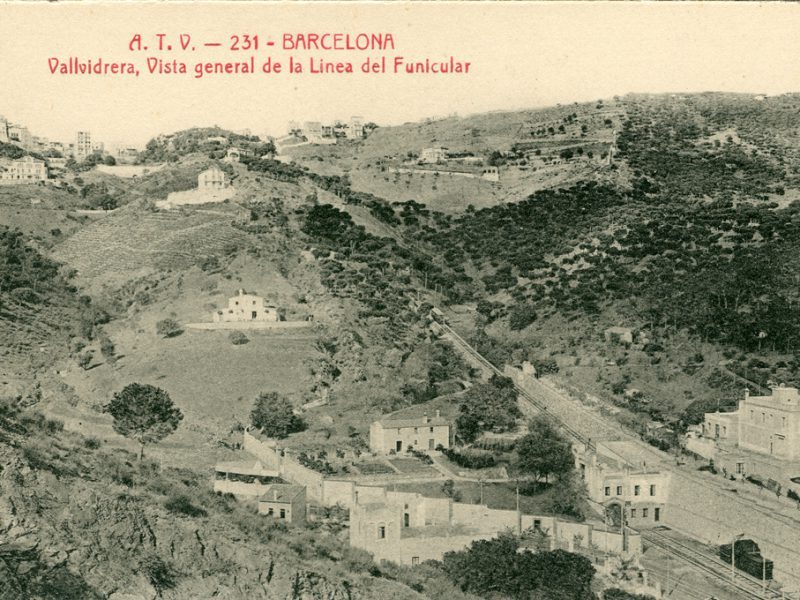
A selection of the photographs from this period featured in the Around 1900 exhibition, organised by the Barcelona Photography Archive.
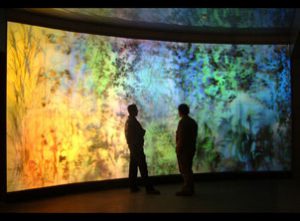
There are also artistic audio-visual works that focus on the mountains, among them Gardens of Light. Collserola (2003) by Eugenia Balcells, a permanent installation in the foyer of Ciutat Meridiana Metro station. It is a garden based on Mediterranean woodland that includes pines, holm oaks, shrubs and other flora, in other words, the plants and flowers found in Collserola.
Thanks to the evolution of modern photography, many photographers have captured the natural and cultural heritage of the park, taking different approaches and using a range of artistic techniques.
The natural environment in Collserola is both a creative resource and a setting for artworks. At the Budellera spring, there is a reproduction of a work of sculpture by Antoni Tàpies; and in the environs of the Park Information Centre at Baixador de Vallvidrera, there are the environmental sculptures by the Stalker Project, a sculpture trail that blends into its surroundings and is designed to be accessible to everyone.
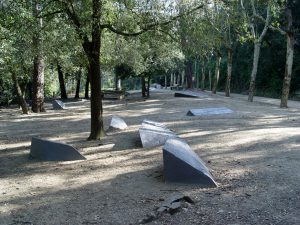
Nature also became a source of creative inspiration for the Japanese sculptor Kan Masuda and his Message from the Forest: Voice from the Roots, an exhibition that revealed his particular vision of the devastation caused by the strong winds and snowstorms of 2009 in the woodland in Collserola.
The artists Ariane Patout and René Müller have been working since 2009 on a project that is part art, part landscape and part design in which they bring dead trees back to life, transforming them into chairs and other everyday objects as a natural metaphor for reviving lives thought be over. They won the 2014 FAD Prize for their work Wild Furniture – The Real Barcelona Chair.
Many writers and poets have close connections with Collserola. Jacint Verdaguer, Joan Maragall and Joan Salvat-Papasseit are three eminent poets who praised the beauty of the natural environment and the views from the Collserola mountains.
“L’altra banda de la serra té un encís que no he dit mai,
per la joia que m’espera cada pi em dona la mà”.
Jacint Verdaguer (1805-1902), also known as Father Cinto, died at Vil·la Joana, now the MUHBA Vil·la Joana. Verdaguer House of Literature. His links with Collserola are reflected in some of his poems, among them A Barcelona, A Santa Maria de Vallvidrera, Santa Eulàlia and A un rossinyol de Vallvidrera.
“Rossinyol, bon rossinyol,
he sentida la teva arpa,
l’he sentida un dematí
de Vallvidrera a Valldaura,
fent rodolar-hi tos cants
com perles dintre de l’aigua” […]
The Collserola mountains serve the function of an observation point or watchtower, and as a result they recur frequently in contemporary Catalan literature: a vast vantage point that looks out towards both sides, as Joan Maragall puts it in his verses. His poem Boscos de Vallvidrera is probably one of the best known of all those inspired by Collserola.
Ai, boscos de Vallvidrera!
quines sentors m’heu donat!
Tenia el mar al darrera
i al davant el Montserrat,
i als peus els llocs del poeta
que ja és a l’eternitat…
Other works associated with Collserola are Vida i miracles d’una ginestera, by Josep Carner, Cantata de Sant Just, by Joan Margarit, and Elegia de Vallvidrera, by Joan Vinyoli, as well as various pieces by Sempronio, the pen-name of Andreu Avel·lí Artís, in which we find portraits of the mountains in the first half of the 20th century. Nor should we forget Catalunya, one of the three guides written by Josep Pla, in which the author describes the shady slopes:
“ Els vessants de la divisòria del Vallès són, per contrast, gairebé un paradís terrenal. Els aiguavessants són literalment coberts de pins, d’alzines i d’alguns roures, amb boscatges magnífics. De vegades el sotabosc és impenetrable. La part obaga de la carena és una veritable delícia i algunes de les seves petites valls tenen un tal densitat vegetal que es difícil de trobar paisatges semblants en muntanyes força més elevades.”
Mention must also be made of two works that perfectly sum up the essential duality of J. Foix, Gertrudis and Catalans, both from 1918.
Even in the detective novel genre, we find key works. In Manuel Vázquez Montalbán’s Tattoo, in his Pepe Carvalho series, the author paints a portrait of the recent history of Vallvidrera and gives a detailed description of his home in the same neighbourhood. He also includes references to Collserola in some of his social and political critique:
“En cierta ocasión se me ocurrió definir Collserola como una Amazonia en pequeña escala e insisto en ello, però desde la evidencia de que sobre nuestra sierra se ciernen amenazas cualitativamente similares a las que tratan de convertir la Amazonia en un casi infinito horizonte de autopistas y parcelas roturadas.”
Another writer who draws us into the secret corners of the mountain chain is Xavier Moret with his book Collserola pas a pas and his detective novel L’home que adorava a Janis Joplin.
We will leave you with a few literary routes:
- Manuel Vázquez Montalbán Route. From the Vallvidrera Funicular to the Shrine of Santa Maria
- Poets of Collserola Route. From Vil·la Joana to Budellera Spring
- The Mountain of the Poets Literary Route. Barcelona Libraries. 2012
To learn more about literature and the territory, we recommend ENDRETS, a Literary Geography of the Catalan-speaking Lands.

